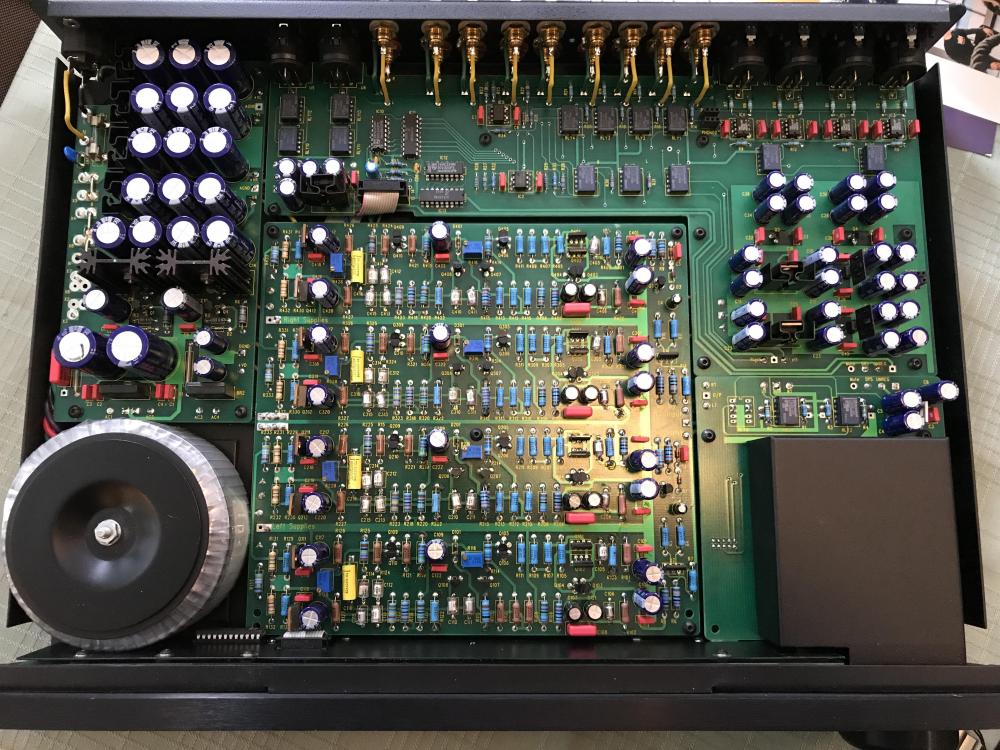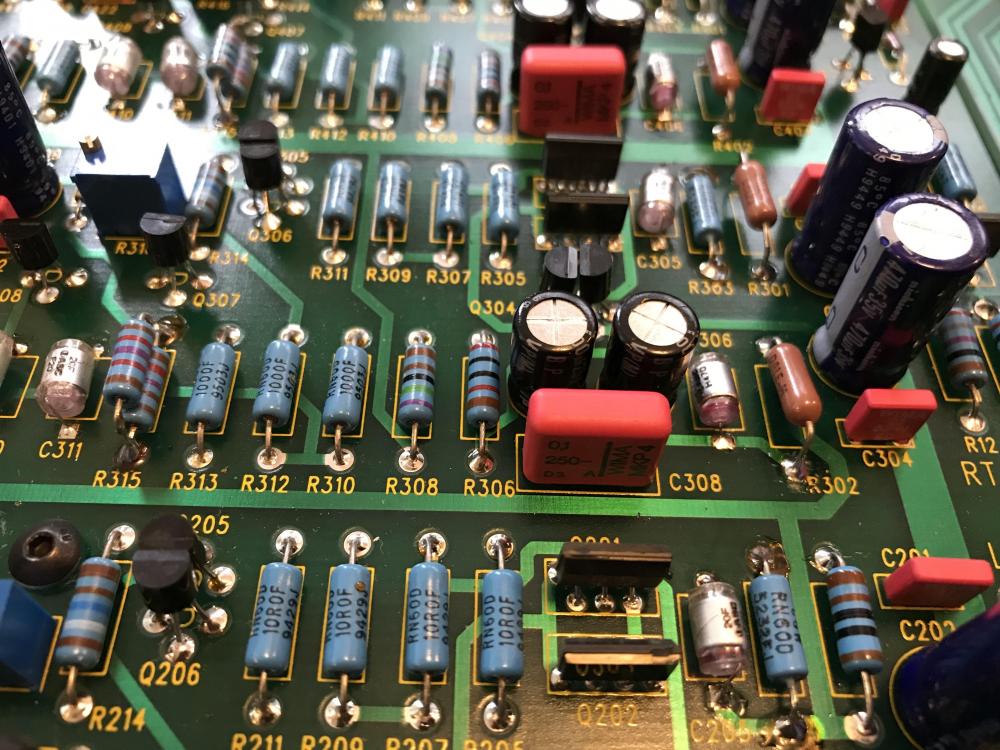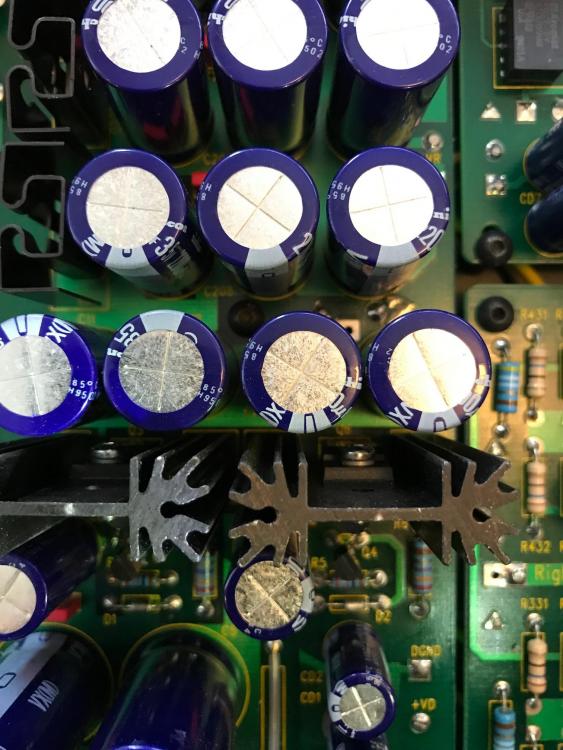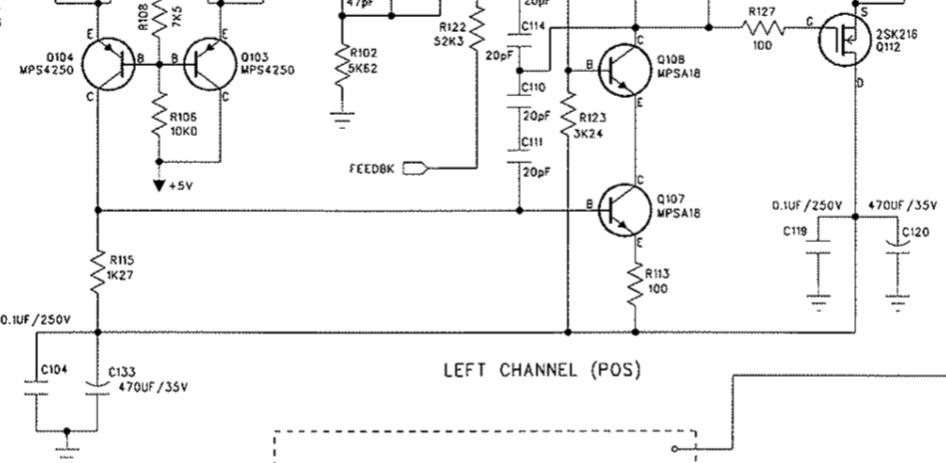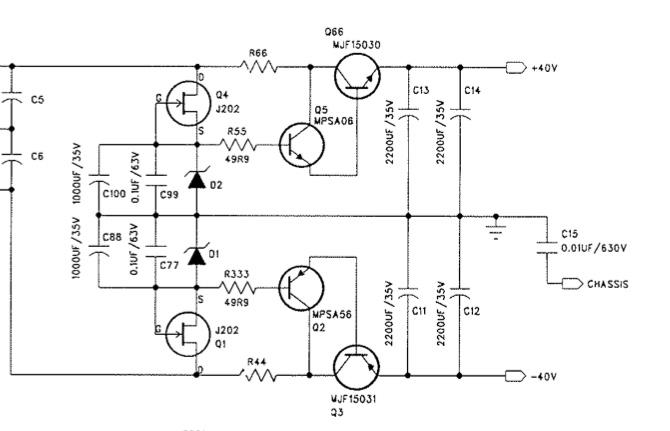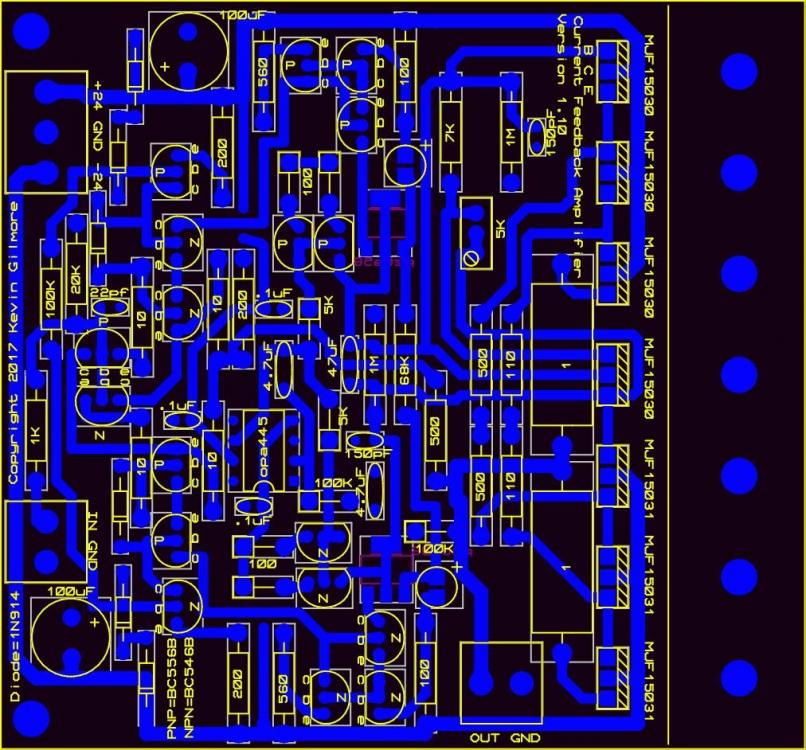-
Posts
8,555 -
Joined
-
Last visited
-
Days Won
7
Content Type
Profiles
Forums
Events
Everything posted by Pars
-
Happy Birthday Steve!
-
Hey Ryan, I'd definitely be interested in going. Chris
-
Yeah, Shar tools look nice. They’re only 10 miles from me and we go up to St. Charles fairly frequently. Sent from my iPhone using Tapatalk
-
Kevin retired from Northwestern a year or so ago, so none of those links are active anymore. Files are available here: https://drive.google.com/drive/folders/0B7egryukiT7_TFlEQlBRejdVdDQ Board files here: https://drive.google.com/drive/folders/0B_iJFfZStuVhSE5nOHBVdTByR1k Normally, the stax mafia circuit board thread, which is a sticky here, is where you find this stuff.
-
RIP actor Albert Finney. Always liked him and his roles. Sent from my iPhone using Tapatalk
-
Happy Birthday Jeff!
-
Some interesting reading (didn't read all of it though). Bruno Putzeys knows his shit. MQA seems to be a farce.
-
Nice! BTW< your workbench is FAR too clean (note to Pars... clean your shop).
-
My full size SS Dynalo (thru hole MPSW parts) runs fairly warm at 17-19mA bias, but nothing like mini warm. I haven't cased it yet (this winter), so I'll see what it is like when cased. Here is the link to the spreadsheet I created for tracking what users are using for bias and what kind of heat they are seeing: https://docs.google.com/spreadsheets/d/1D5LDuRdupZRoWR-GfAd03fkFSBAMY4-E_VcYfCAI1Z0/edit?usp=sharing I don't know if HC allows sigs or not, as I thought if they did I would put the link there so it didn't keep getting buried.
-
I would measure the bias on every 20R resistor and go from there. Note I did say every, and I wasn’t joking. I have had bad solder joints which effectively took a transistor out of the mix; these looked good to the eye, so you need to make sure they are all working correctly. Normally on a full size Dynalo I like ~17mA bias. On the mini, because of the thermal considerations, 15mA is the highest I would go. 13-14mA would be a good target. Sub 10mA is very audible, and too low in my opinion. Sent from my iPhone using Tapatalk
-
Yeesh! Hope it doesn't go any lower Jeff. For your neighbor's sake ?
-
RIP Jessica. Sorry for your loss Dusty.
-
They have both the replacements in stock -200,000 of each or more. Sent from my iPhone using Tapatalk
-
I thought it was either the Xicon 271 or 273 series resistors that we’re used for the electrostatic amps? I could be wrong/behind the times... Sent from my iPhone using Tapatalk
-
Happy Birthday Mike! Sent from my iPhone using Tapatalk
-

and now for something completely different part 3
Pars replied to kevin gilmore's topic in Do It Yourself
Look at the schematic. The ones opposing are the pairs which should be matched if possible. It isn't critical however. Reading through the thread oftentimes finds the answers to questions as well... -
Happy Birthday Grahame! Sent from my iPhone using Tapatalk
-
Sorry for your loss Al. Sounds like a neat guy. RIP George! Sent from my iPhone using Tapatalk
-
Really nice Søren! Sent from my iPhone using Tapatalk
-
Yes, the ES lead spacing is larger, so I'd need to see if those might work or not. Otherwise, I guess I'll use the UVP. I measured the voltages for the issue where it showed 40V rails using 35V caps. It is ~29V (though might be higher at initial turn-on surge), so I think 35V caps will be fine there. The preamp is working fine, but having this occur made me think I might want to get proactive about it. Cost is under $70 to do all 73 or so caps, so other than the labor (and of course the opportunity to brick it), I'll go ahead and do this in the near future. I do think I will discontinue leaving this on all the time however.
-
I just noticed that one of the cap types on the amp section is a Nichicon VP bipolar type. What would you guys use for bipolar application... It is 100uf/25V, 3.5mm lead spacing, so unfortunately this is too much for a film cap of some type.
-
^ Yep. I attached some pics below. The last one with the 4 caps in a row next to the heatsinks are the caps that are running at 40V in the schematic. They don't appear to have leaked from what I can see (a bit of flux on the right side). From my experiences working on my Rotel RCD991, boards of this vintage are pretty easy to work on, so other than disassembly/reassembly, this might not be that bad. The schematic/service manual seems to be missing sheets 12-14 of 16, and I note the volume control (black box) is not shown on these, unless I am missing it. It is supposed to be a 60 step, and I assumed relay based as the volume control itself feels like an encoder. I haven't taken the front panel apart yet (not sure that I will) to see if anything is hiding in there in terms of electrolytic caps. Also, I was looking the amp section schematic over. This appears to be DC coupled. In the snip below (sheet 10), shouldn't there be a V- connection (-24V) at the bottom? I only see 1 rail being used, but filter caps on what I think should be the neg rail...
-
I came home from out of state on Sunday and noticed my preamp display was awry (L-R arrows flashing, mute on, front panel non-responsive). Last night I took a look at it and it seemed to return to normal upon running signal thru it (CD->pre->headphone amp). This is a Classe CP-50, probably mid-90s vintage. From reading the owners manual, the display I was seeing is what is supposed to be there after a power outage, but I thought after 45 seconds or so it was supposed to go back to normal? At any rate, I have it open now and think I will recap it. Most, if not all original caps are Nichicon VX(M), 85C, standard series, 2000 hour life (from what I can tell). This thing is a cap farm . My goal is to a) match the original size/lead spacing if possible for good fit, b) long load life, c) 105C rating. Target cap for me where possible would be Panasonic FR. A few questions: Is Nippon Chemicon any good? The two main PSU caps are 2200uf/63V with 10mm lead spacing. The two I picked were Nippon Chemicon KYB (10000 hr) or Nichicon UPW (8000 hr). I can't find anything worth a shit that has 10mm lead spacing; these are 7.5mm. I'm also pretty sure they are not snap-in as they are Nich. VX. For the above, I have some Panasonic TSHA 4700uf/63V snap in at 10mm spacing. I could straighten the leads and file as necessary to fit. Is going up to 4700uf too much increase? Note the 35V caps in a 40V circuit... haven't measured yet to see if it really is 40V. I'll replace these with 50V Nichicon UPW I'll probably have more questions as I go on. This thing has a lot of premium parts in it, such as (10) 2SJ109BL, 2SK79/2SK216, etc. Sounds good as well. Probably not as good as the Aleph P I had, but good nonetheless. Classe CP-50-TM Service Manual.pdf
-

and now for something completely different part 3
Pars replied to kevin gilmore's topic in Do It Yourself
There is a 1K on the v1.10 board. Not on the schematic (hence the R? designation). There is also a 22pf cap on the board, also not on the schematic. These appear to be associated with the input as the 1K runs from the input connector and appears to connect to the 22pf. With Kevin's designs, you always go with the board markings





